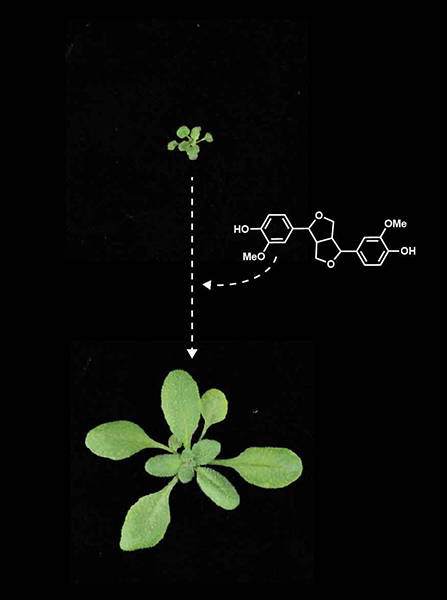2023-08-07 カリフォルニア大学リバーサイド校(UCR)
<関連情報>
- https://news.ucr.edu/articles/2023/08/07/trilobites-guide-surviving-environmental-change
- https://royalsocietypublishing.org/doi/abs/10.1098/rspb.2023.0871
- https://www.science.org/doi/10.1126/sciadv.abe7377
太古の絶滅節足動物における発生と機能制御 Developmental and functional controls on enrolment in an ancient, extinct arthropod
Jin-bo Hou,Nigel C. Hughes,Melanie J. Hopkins
Proceedings of the Royal Society B: Biological Sciences Published:14 June 2023
DOI:https://doi.org/10.1098/rspb.2023.0871
Abstract
Three-dimensional models reveal how the mechanics of exoskeletal enrolment changed during the development of a model organism for insights into ancient arthropod development, the 429-million-year-old trilobite Aulacopleura koninckii. Changes in the number, size and allocation of segments within the trunk, coupled with the need to maintain effective exoskeletal shielding of soft tissue during enrolment, necessitated a transition in enrolment style about the onset of mature growth. During an earlier growth phase, enrolment was sphaeroidal, with the venter of the trunk fitting exactly against that of the head. In later growth, if lateral exoskeletal encapsulation was to be maintained trunk length proportions did not permit such exact fitting, requiring an alternative, non-sphaeoridal enrolment style. Our study favours the adoption of a posture in later growth in which the posterior trunk extended beyond the front of the head. This change in enrolment accommodated a pattern of notable variation in the number of mature trunk segments, well known to characterize the development of this species. It suggests how an animal whose early segmental development was remarkably precisely controlled was able to realize the marked variation in mature segment number that was related, apparently, to life in a physically challenging, reduced oxygen setting.
三葉虫の上肢枝は発達した鰓である The trilobite upper limb branch is a well-developed gill
Jin-bo Hou,Nigel C. Hughes, and Melanie J. Hopkins
Science Advances Published:31 Mar 2021
DOI:https://doi.org/10.1126/sciadv.abe7377

Abstract
Whether the upper limb branch of Paleozoic “biramous” arthropods, including trilobites, served a respiratory function has been much debated. Here, new imaging of the trilobite Triarthrus eatoni shows that dumbbell-shaped filaments in the upper limb branch are morphologically comparable with gill structures in crustaceans that aerate the hemolymph. In Olenoides serratus, the upper limb’s partial articulation to the body via an extended arthrodial membrane is morphologically comparable to the junction of the respiratory book gill of Limulus and differentiates it from the typically robust exopod junction in Chelicerata or Crustacea. Apparently limited mechanical rotation of the upper branch may have protected the respiratory structures. Partial attachment of the upper branch to the body wall may represent an intermediate state in the evolution of limb branch fusion between dorsal attachment to the body wall, as in Radiodonta, and ventral fusion to the limb base, as in extant Euarthropoda.



◆特定の三葉虫種は成熟時の胸部セグメント数が変動することがわかり、これによって酸素の変動に適応し、生存能力が向上したと考えられます。この発見は、進化する生存戦略の理解を深め、現代の節足動物の共通の祖先がどのように進化したかの手がかりを提供します。